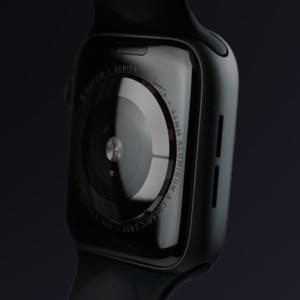- Home
- All updates
- EDGE Insights
- Industries
- Company Search
- My Watchlists (Beta)
EDGE Insights
Filter
EDGE Insights
Exoskeletons
Wearable Tech
Aug 15, 2024

Wearable Tech
Aug 15, 2024
Exoskeletons
The following report was prepared and published by our sister platform SPEEDA—July 2024.
Trend Overview
Application of Exoskeletons Broadening in the Medical and Industrial Fields
An exoskeleton is an external wearable framework that is placed on the user’s body to augment or support natural physical ability. It is different from a mechanical prosthetic (such as a robotic arm or leg) that replaces a lost human body part and a robot that completely replaces humans. Exoskeletons work in tandem with the user to achieve a desired outcome. They transfer the weight of a user’s body parts to the body’s core or to the floor, thus reducing physical stress as well as the chances of injury.
Exoskeleton technology traces its roots back to the 1960s. Early versions were bulky and unstable, but advancements in the 1980s and 1990s led to improved designs primarily aiding in heavy lifting and movement. However, exoskeletons weren't commercially produced then. Advanced exoskeletons emerged in the 2000s, funded by the Defense Advanced Research Projects Agency’s (DARPA) Exoskeletons for Human Performance Augmentation Program, aimed at supporting soldiers in combat. Concurrently, medical-purpose exoskeletons entered the market.
One of the first successful medical applications was the rehabilitation of stroke and spinal cord injury patients. The technology was developed to generate human-like motions by using improved actuators and sensors. Around 2014, several companies introduced exoskeletons for industrial use, with the aim of supporting workers in carrying out their daily tasks with ease.
Contact us
Gain access to all industry hubs, market maps, research tools, and more
Get a demo
By using this site, you agree to allow SPEEDA Edge and our partners to use cookies for analytics and personalization. Visit our privacy policy for more information about our data collection practices.